Pain appears when you don’t expect it. Even the safest person can be confused and scared in such cases. Pain syndrome is often caused by osteochondrosis. How is osteochondrosis of the cervical spine treated at home and how effective will the treatment be? Learn more.
What is osteochondrosis
Official medical sources interpret osteochondrosis as a degenerative disease that affects the intervertebral disc by involving adjacent vertebrae and joints. The elasticity of the intervertebral joint deteriorates - and the plate becomes thinner. It is necessary to understand how nutrition and metabolic processes take place in intervertebral discs. This structural element is the cartilage tissue, there are no blood vessels here. The power is scattered like a pump. When it moves under compression, a lubricant is released and then absorbed again. When osteochondrosis of the cervical spine appears, exercise therapy, massage, and a full range of therapeutic techniques should be prescribed as soon as possible.
What changes occur in the spine and their symptoms
The following processes occur in the affected joint:
- the disc core loses physiological moisture;
- cartilage loses its shape;
- loses its flexibility;
- changes color;
- dries up;
- yellows;
- it loses its resistance to injury.
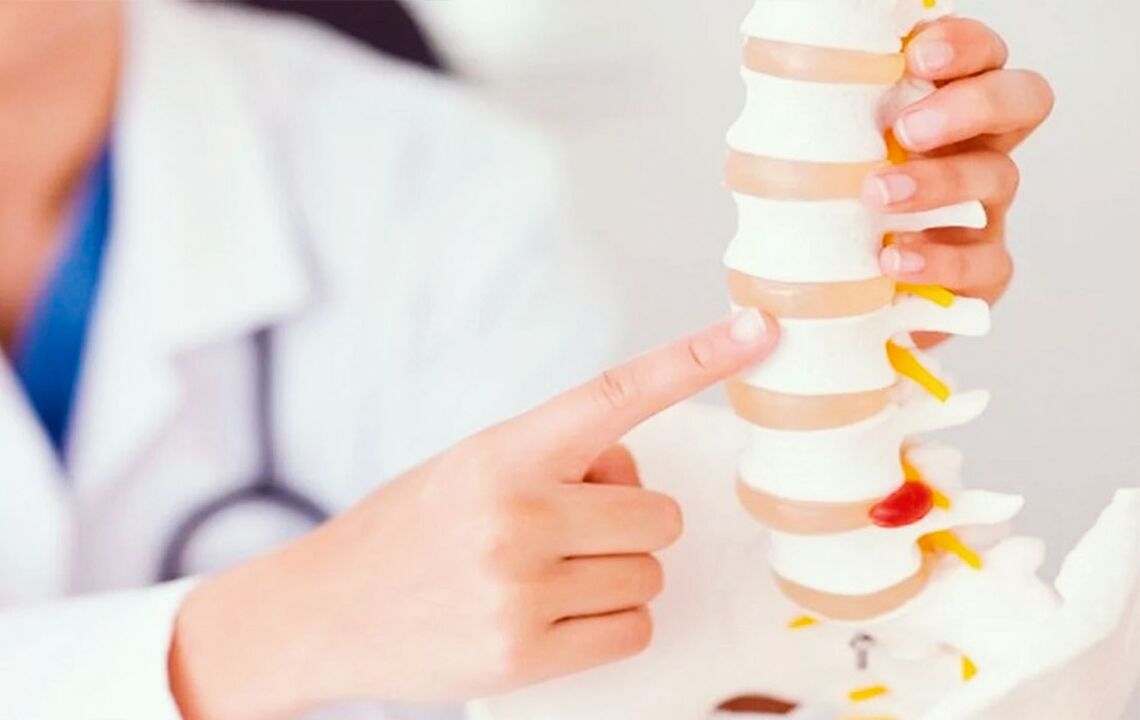
The consequence is a violation of the synchronization of movement in the adjacent segments of the spine, a violation of the nerve roots. The main symptoms of degenerative lesions are pain, limited mobility, some forms of paraesthesia ("crawling", tingling).
All of these changes suggest the presence of osteochondrosis. How to treat cervical spine osteochondrosis or any other treatment will be discussed further.
Why does osteochondrosis occur?
Causes of the disease include anything that interferes with the strength of the disc:
- Congestion caused by static loads.
- Permanent preservation of unfavorable positions, especially the seat. There is a good proverb: "If you can stand - don't sit, if you can lie down - don't stop. "
- Traumatic effects on the endplates, the fibers of the annulus fibrosus.
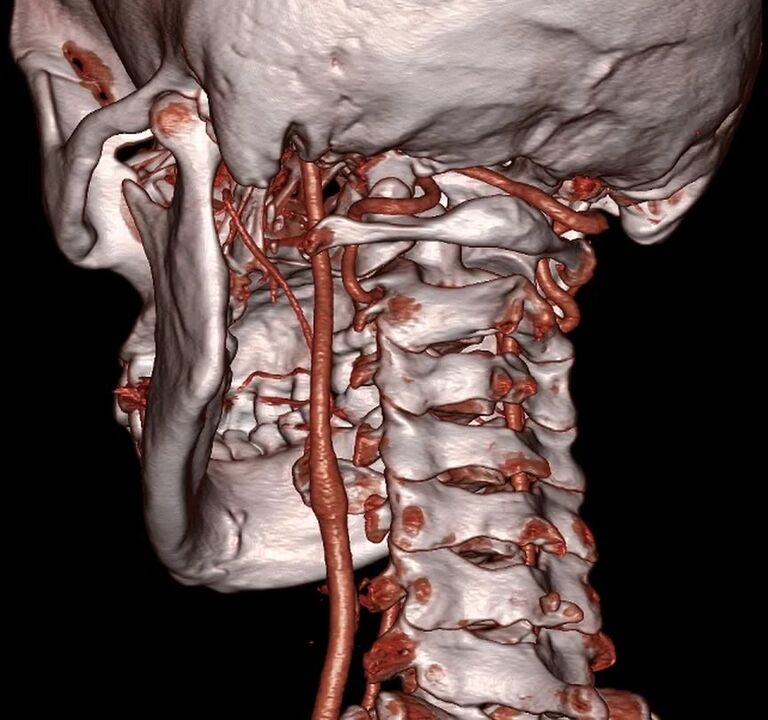
Common causes include unbalanced diet, physical inactivity, and insufficient development of the deep muscles that make up the muscle corset. The stability of the spine is due to the complex interaction of bone, muscle and nerve structures. The abdominal and back muscles are antagonists, balancing each other. Therefore, the "movement for life" postulate remains more relevant than ever. Exercises can effectively affect degenerative disc disease of the cervical spine. Training therapy is used both in the clinic and at home. Because the spine consists of several stages, the disease can occur in either. lumbar regions are more often exposed.
How does cervical spine osteochondrosis manifest itself?
Manifestations of osteochondrosis of different localizations are combined into syndromes:
- cervicalgia syndrome (immobility of the shoulder joint, other types of pain);
- cervicocranialgia (pain in the back of the head, discomfort in the neck, may include tinnitus, dizziness, palpitations, nausea);
- cervicobrachialgia or shoulder-shoulder syndrome (neck pain that flows into the shoulder and arm).
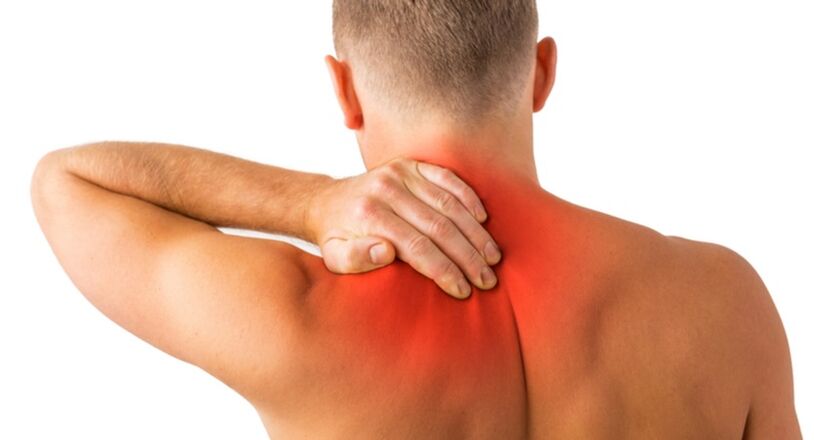
If you are worried about aching pain, often at night, with numbness, you are likely to confirm the diagnosis - osteochondrosis of the cervicothoracic spine. The pain syndrome associated with disorders of this class is called thoracalgia.
Physiotherapy at home
Several reference books describe how osteochondrosis of the cervical spine is treated with drugs. But in most cases, the effect of the drug is short-lived. Here, movement therapy can help.

- We lean against the wall and lean our heads on it. We try to push the wall with maximum force for a few seconds. Then we relax.
- We sit down at the table, put our elbows on it. We rest our chin on our hands, trying to press our palms while trying to tilt our heads or turn them to the side.
- Fold your head to your hands at the back of your head. Alternatively, press them with the back of the head and then relax. Perform multiple repetitions for up to 10 seconds.
- Close your head with the palm of your hand, pressing one or the other hand alternately.
During exacerbations, exercises should be performed for up to 3-4 seconds and at moderate load. Classes slow down osteochondrosis of the cervical spine. Home exercises can be started when you are convinced that they are performed correctly in a healthcare environment.
Without the help of a massage specialist
If the diagnosis of cervical spine osteochondrosis is confirmed, massage will be one of the necessary treatments. In this case, it is not only a useful but also an irreplaceable procedure. Initially, it is better to take a professional course and then do simple techniques at home alone. These techniques include the technique of post-static muscle relaxation. The peculiarity of the method is the passive stretching of the muscle from the position of overload in combination with massage elements. It is necessary to apply the technique after the spasmodic muscles have warmed up (bath, hot compress, kneading, caress).
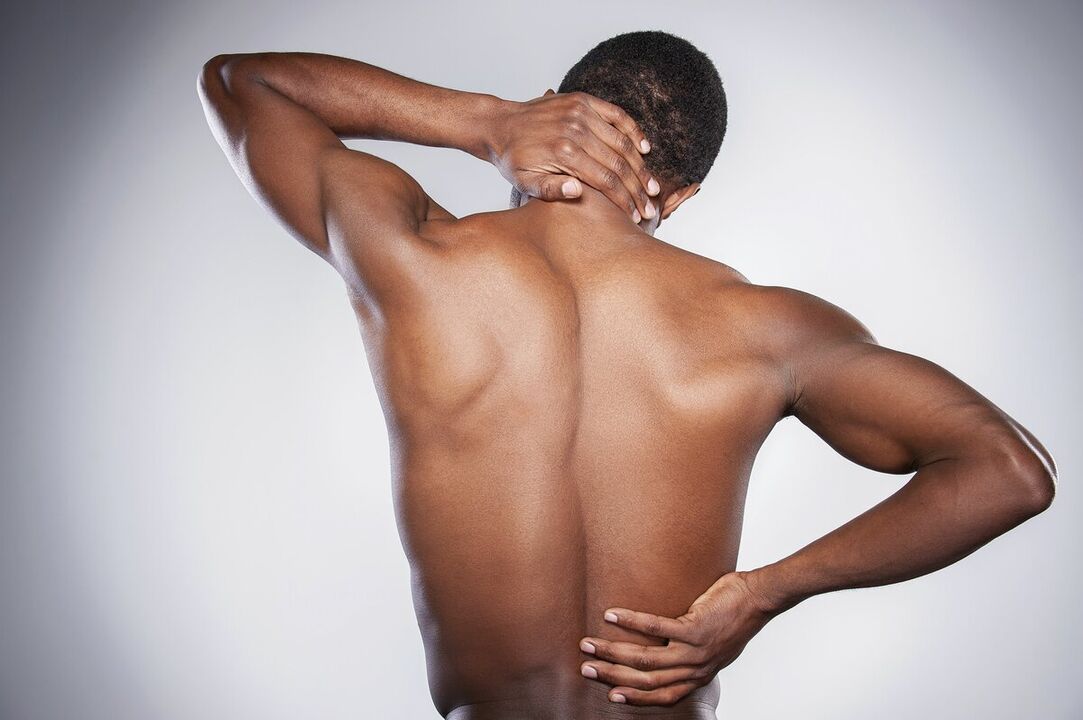
Self-massage uses the same techniques as professional massage. These are stroking, kneading, punching, touching, shaking. The massage is performed with warm, warm hands. Use massage oil to improve slip. The order of the techniques is as follows:
- Caress;
- trituration;
- kneading;
- vibration (touch, shaking).
Affecting osteochondrosis of the cervical spine, the massage begins and ends with a caress.
A little manual therapy
- We are sitting in a chair with a high back. We clasp the head with our hands, place our thumb on the cheekbone (more precisely on the bumps under the eye socket). We raise our eyes, take a breath, and press the back of our head onto our fingers. We hold it for up to a quarter of a minute, then when we exhale, we sit back on the back of the chair and relax our neck muscles by tilting our heads down. The technique is repeated several times. Then wrap your fingers around your neck, closer to your upper part, tilting your head slightly forward. We press our fingers into the base of the skull, making a slow rotational motion. Gradually lower your fingers lower and lower, approaching the trapezoidal muscle. Treatment of osteochondrosis of the cervical spine using manual therapy can be seen in the following manipulations.
- We lie on our backs, pulling our shoulders down as far as possible. Place your hand on the sore side under your buttocks, palms facing up. Place your other hand under your head, clasping the back of your head, and tilt your head to the opposite side of the problem. When inhaling, press your head on your fingers for 15 seconds. As you exhale, relax and pull your head a little harder, stretching the sore muscle.
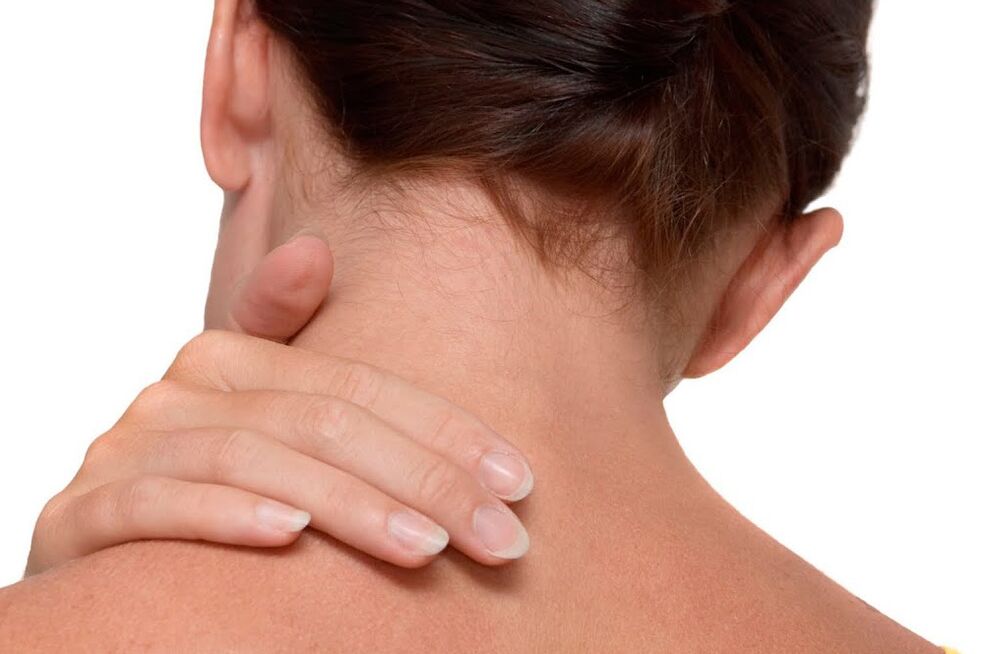
Measures in the treatment of osteochondrosis
Unfortunately, it is impossible to completely overcome cervical osteochondrosis. Treatment in a home or medical institution should be comprehensive. This includes the use of:
- analgesics;
- muscle relaxants to help relieve muscle cramps;
- chondroprotective drugs;
- physiotherapy procedures;
- massage;
- Practical therapy;
- balanced diet.
After studying the medical literature, certain conclusions can be drawn about the treatment of osteochondrosis of the cervical spine, but to refrain from professionally prescribed treatment is a crime against health.





































